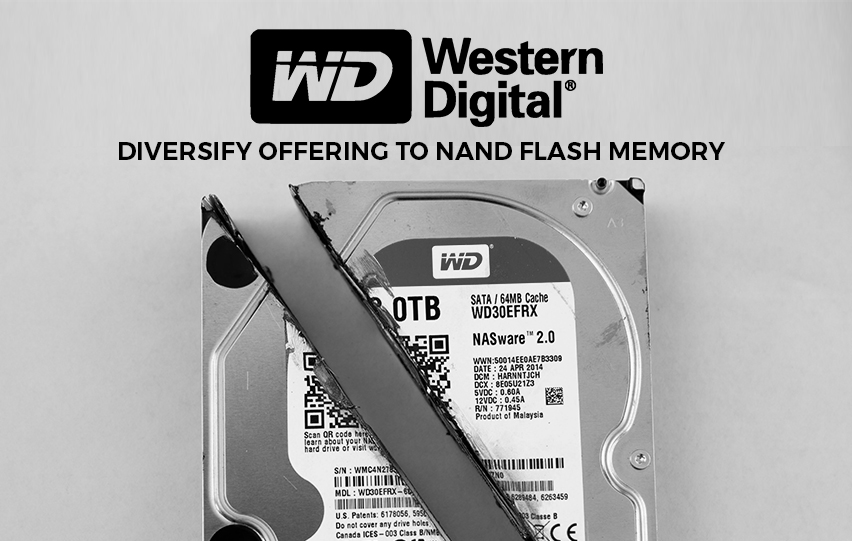Analyst Mark Newman boosts the storage products of Western Digital, as it outperformed the rating of $60 price target to $45.
Since the acquisition of Western Digital to SanDisk, the company played well on hard disk drives and other local storage. With access to SanDisk’s bigger market, the company was able to grow 43 percent since 2018.
The predicted compounded annual growth is strong at 24 percent, and will continue through 2030. This projection is shifting to data centers, more than the local storage, which the company invests on.

The shift to the NAND flash memory devices is seen to grow approximately 35 percent per year, over the next decade. Rather than hard disk drives, businesses and consumers can utilize advanced memory devices.
Newman projects annual growth of 14 percent for the hard disk drives in 2030, citing outdated local memory as option for storing data. However, these devices are still as useful as the NAND flash memory for personal computers and other applications.
“NAND will capture the majority of growth due to its performance, power, and form-factor advantages over HDDs,” said Newman. He claimed that data-center storage companies would critically use NAND, shift for better storage by 2024.
Hard drives will continue to play a crucial role in other company applications, where there is no need for the cost per gigabyte. Newman said there are areas, which hard drives, are useful or have an order-of-magnitude advantage over NAND.
Relatively Worse Positioned
Newman challenges the recent stock price of Western Digital’s NAND business, saying a valuation of $4.4 billion is only 25 percent of the $19 billion paid for SanDisk. The analysts saw a potential public offering for the Toshiba memory business.
The analyst claims Seagate is relatively worse positioned over Western Digital in capturing secular growth in data storage. Moreover, Newman said Western has a better position within the drive industry, with lower exposure to the PC drives.
But then, Seagate has a stable flow of cash, with a 5 percent dividend yield to reduce the risk of a stock, while Western Digital has a cozy oligopoly in hard drives. Both companies have above 41 percent of the market, enabling stable profits, despite the changes in the stock.
Western Digital recently recorded an increase of 3 percent in the stock value last Wednesday, July 15, while Seagate recorded a 0.8 percent increase.
















